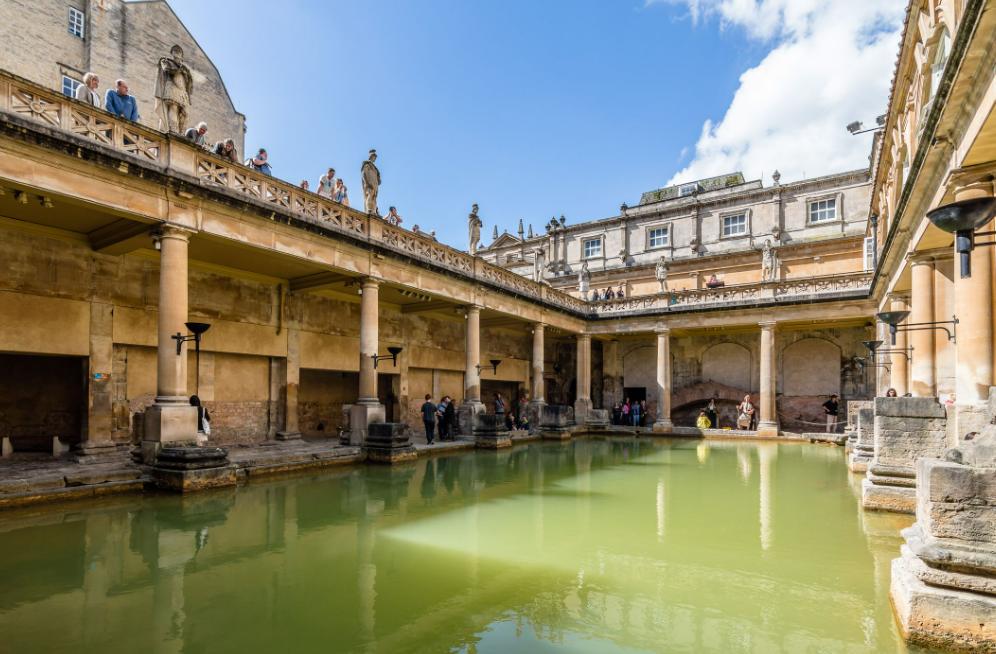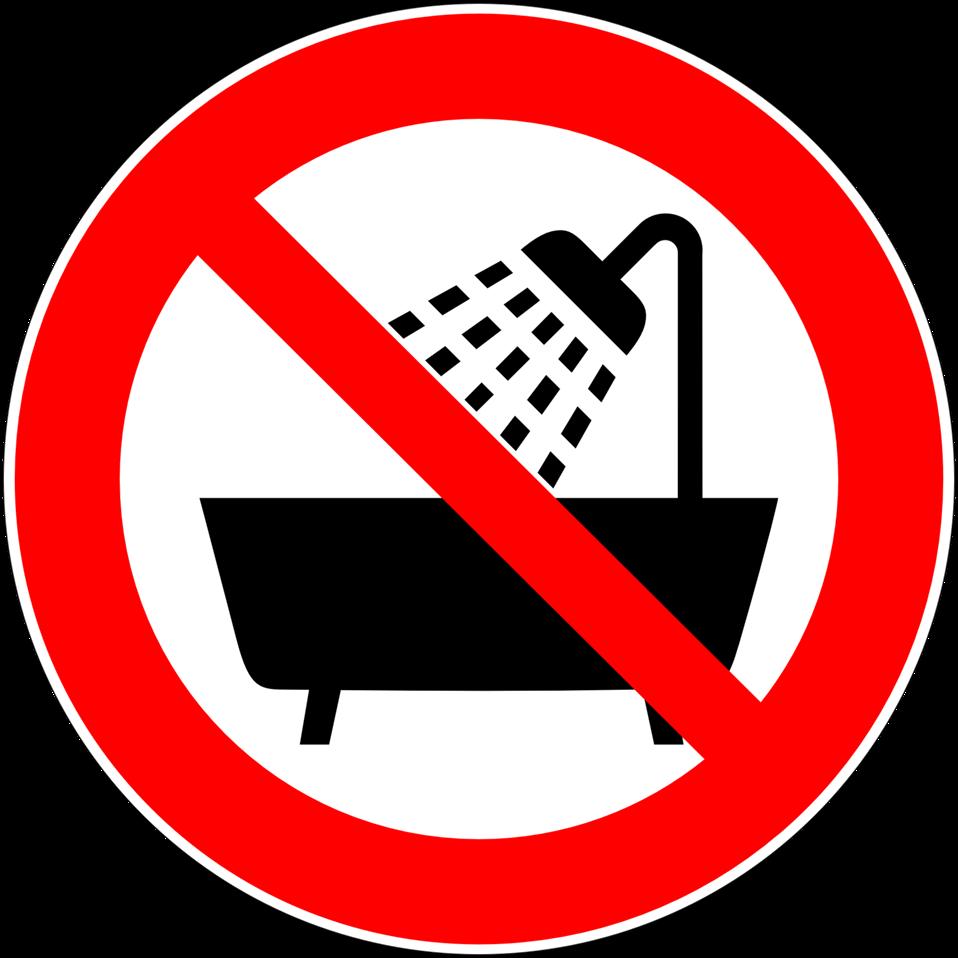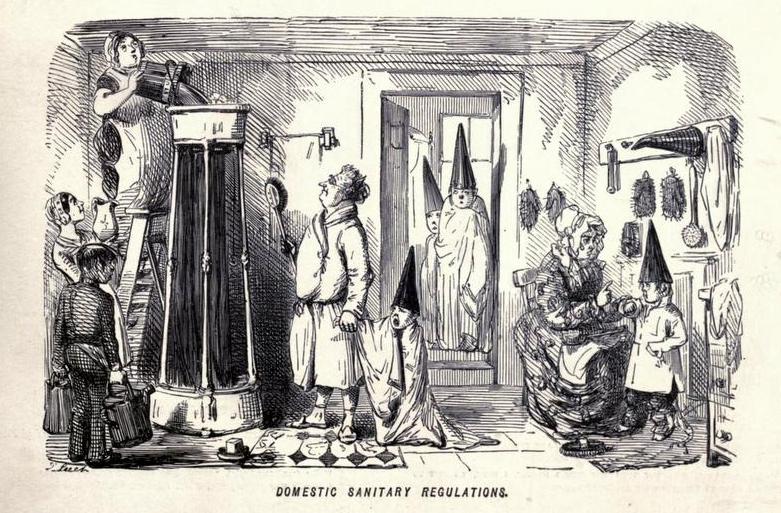Do you enjoy a good, long soak in the bathtub? Or do you prefer to take a quick shower? Regardless of your preference, it's undeniable that bathing and showering are two of the most common forms of personal hygiene. But where did this tradition come from? And how has it changed over time? In this blog post, we will explore the history of bathing and showering- from its ancient origins to its modern-day iterations!
Origin of bathing - ancient Rome

In ancient Rome, bathing was seen as both a social activity and a way to cleanse the body. Roman baths were typically large and elaborately decorated, and they often featured heated pools, tiled walls, and statues. Visitors would bathe in the pool, then enjoy a massage or other treatments. Afterward, they would relax in the sauna-like room known as the caldarium. Bathing was so important to the Roman culture that there were often multiple baths in a single city, and some baths stayed open 24 hours a day.
In addition to being a social gathering place, Roman baths were also thought to have health benefits. The heat was believed to help people sweat out impurities, and the massage could relieve aches and pains. As a result, bathing was an essential part of daily life for many Romans.
Dark ages of personal hygiene - the Middle Ages

In the Middle Ages, personal hygiene was not as emphasized as it is today. People were not aware of the importance of cleanliness and did not bathe regularly. Many people only bathed once a year! Due to the lack of knowledge about germs and bacteria, people did not realize that bathing could prevent illness. Instead, they believed that bathing opened up the pores and allowed evil spirits to enter the body.
As a result, most people only bathed when they were sick or after they had been in contact with someone who was ill. Despite the beliefs of the time, there were a few individuals who advocated for regular bathing. These people argued that cleanliness was important for both physical and mental health. While their views were not widely accepted, they helped to lay the foundation for modern hygiene practices.
The development of showering - mid-1800s

In the mid-1800s, public baths were a common way for people to get clean. However, these baths were often crowded and unpleasantly smelling. Francois Delabost was a French inventor who came up with the idea of installing showers in prisons and army barracks. He believed that this would help to prevent the spread of disease and improve hygiene levels.
Over the next few decades, showers continued to evolve and become more commonplace. In 1902, the first electric shower was invented. This shower uses a resistance coil to heat the water as it passes through the shower head, which is the prototype of the modern shower.
Where we are now - modern

For many people, taking a shower has become the preferred way to start the day. A shower can be quick and refreshing, and it doesn’t require any special preparation. However, there are still plenty of people who prefer to take a bath. Taking a leisurely soak in a tub can be a great way to relax after a long day.
Today, we enjoy all kinds of luxuries when it comes to bathing and showering, from hot water to soap and rain shower head. It’s hard to imagine going back to the days when these things didn’t exist!
Conclusion
Bathing and showering are both important hygiene habits that help us stay clean, healthy, and smell good. They have come a long way from their ancient Roman roots to modern days. We hope you enjoyed learning about the history of bathing and showering! Thanks for reading!
